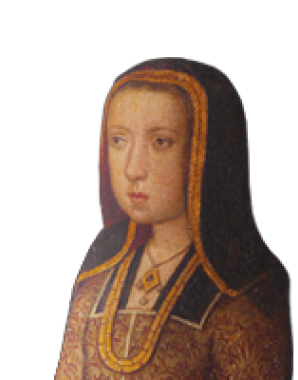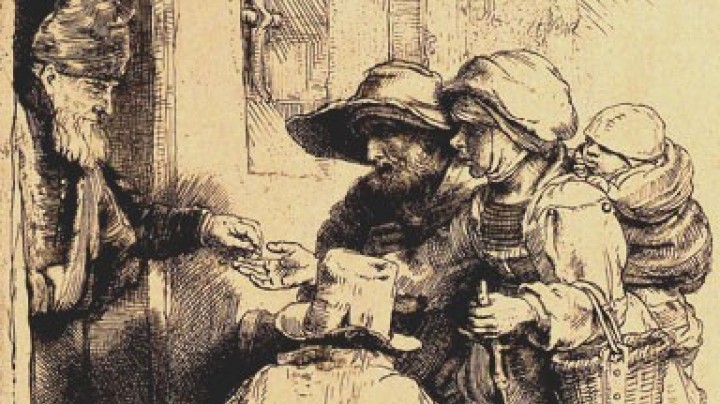Marrying into Spain: Philip the Fair and Joan the Mad
Through one judicious marriage and a few strokes of luck the Habsburgs acquired the vast Spanish empire.
The end of the fifteenth century saw the successful consolidation of the kingdom of Spain: the Islamic Moors were permanently expelled from the Iberian peninsula, while Jews and heretics were treated with merciless brutality. Discoveries in the (from the European point of view) ‘New’ World enabled Spain to set about building up a worldwide Christian empire on several continents.
Maximilian I was supported in his struggle against France by England and Spain; in the latter case, the alliance was to be consolidated with a marriage. Although the widower Maximilian initially wanted to marry a Spanish princess himself, the royal house of Spain expressed a preference for the younger generation. In 1496 there was a double wedding: the children of Ferdinand and Isabella, Joan (Juana) of Castile and Aragon and her brother Don John (Juan), Prince of Asturias, were married to Maximilian’s children Philip and Margaret of Austria, one agreeable side-effect of this arrangement being the mutual cancelling out of the otherwise customary dowries.
The marriages were thus not part of some cleverly conceived Habsburg strategy for acquiring the Spanish throne but, rather, a means of strengthening an alliance: the Austrians and the Spanish were to join forces in order to drive the French out of Italy and each take a share of the peninsula for themselves. However, the double wedding was followed by a sequence of strokes of good fortune that favoured the Habsburg cause: not only did Margaret’s new husband Don John die but so did all the other Spanish royal heirs, putting Joanna and her husband Philip first in line for the throne. In 1500, furthermore, they consolidated their claim to the succession by producing a son, the future Emperor Charles V, so that when Philip became King of Castile in 1504, Spain and all its possessions fell into Habsburg hands.
Only a few years later, however, Philip died, after which Joanna is said to have lost her mind – thus going down into history as Joanna the Mad – and was in any case not capable of governing. In 1506 her young son Charles was named as Philip’s successor; his grandfather Maximilian took measures to guarantee that the young boy would indeed one day accede to the throne. So it was that in 1516, as a result of a sequence of accidents, Charles became king in Spain, Naples and Sicily, and the Spanish colonies.





















